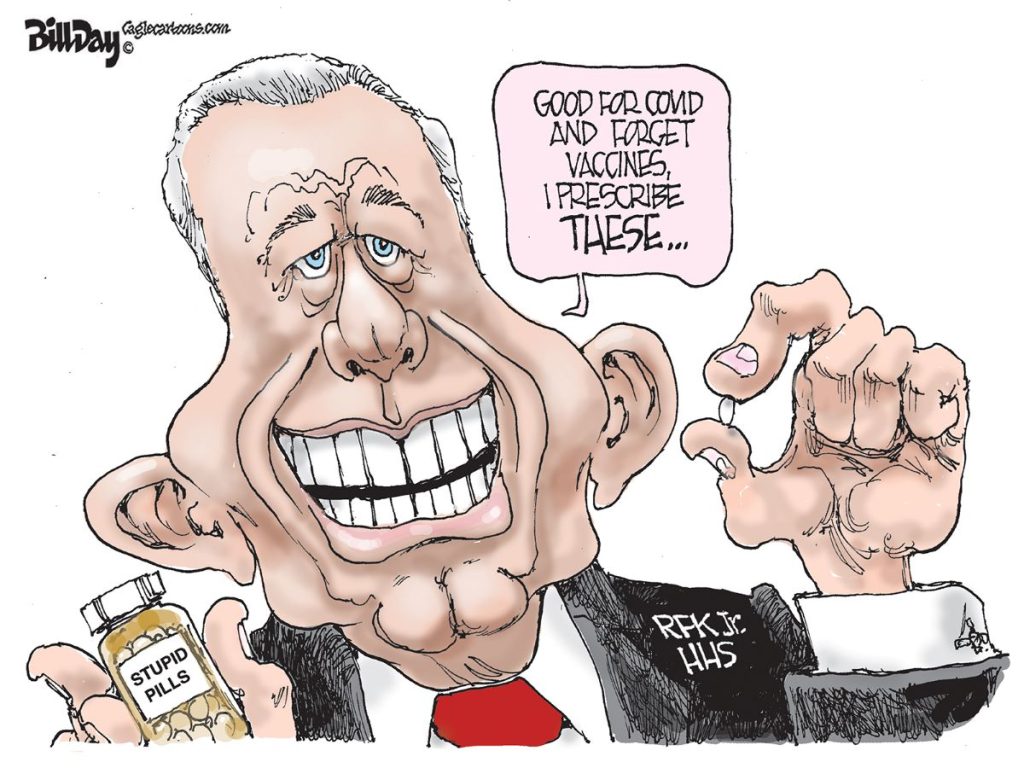We can’t say we were surprised when recent reports indicated that the recent Project for Public Spaces workshop about the riverfront was essentially a non-event.
If you follow the work of PPS, it was all as predictable as Chris Douglas-Roberts in a clutch game.
It had all the markings of a PPS event. Fred Kent found yet another landmark architectural project to criticize, PPS ran a process that by now is rote and powered by a vocabulary whose appeal rests in pithy jargon and in the end, PPS left town with little to show for any of it.
Parachutists
We don’t mean to be unkind. It’s just always disconcerting when consultants parachute into cities as instant experts in less than a day and have the brashness to expound on projects that were the products of the same kind of processes that Mr. Ken says cities need most (and with world-class talent to boot).
As colleagues in other cities had predicted to us, Mr. Kent would hate Beale Street Landing. We actually told them they were wrong, because in emails with PPS, we were told by the organization that it was coming here to build bridges and advance plans. This wasn’t about taking stands on existing plans, we were told, but about creating a conversation about the riverfront’s future.
Well, we were wrong, and we feel misled. Mr. Kent had barely unpacked his luggage before he referred to Beale Street Landing as “one of the great design disasters that will haunt you…” So much for building bridges.
Carving Out A Niche
We had been warned that PPS has a cultural disdain for architects and urban designers, so it’s made a name for itself attacking their projects. While we share the organization’s belief that cities are too obsessed with big project answers to their problems, we do, at the same time, recognize that these kinds of projects do sometimes have a place and contribute to placemaking.
Over its 30-year history, PPS has carved out a distinctive niche for itself. It’s now often used by cities as evidence of their commitment to citizen involvement. It’s as if they bring in PPS so they can check the box of citizen input. Often, in the end, it is the architects and urban designers that produce the “real” plans.
It’s too bad, because back in the day, PPS was one of the first organizations that understood the importance of placemaking. Over the years, its principles and concepts have been embraced – after all, Mr. Kent based his philosophy on that brilliant urban visionary William H. Whyte – so there’s the distinct feeling that the group has morphed from those beginnings to the present where its relevance is less defined and its focus is on process.
Firefighter
Sometimes, these days, it’s hard to escape the feeling that PPS frequently comes into a city and lights a fire so it can be hired to put it out.
That’s certainly not to say that citizen-centered processes aren’t important. In fact, one of the best in the nation was conducted here less than a year ago – the Winchester Park/Intown Charrette organized by the UrbanArt Commission.
It was a communitywide design process, but in addition to regular citizens like us, there were 12 Knight Program fellows who came here to conduct the meeting and inform the proceedings. These were people with specific, proven expertise in planning, community development, housing, real estate development, arts management, architecture and transportation. There were also grad students and faculty from the Suburb and Town Design Program at the University of Miami School of Architecture to help staff the process.
Making Placemaking Happen
At the helm were two people with unquestionable expertise at thinking creatively about community and then converting ideas into reality – Charles Bohl and Elizabeth Plater-Zyberk. These are people who not only talk about placemaking – walkable communities, diverse neighborhoods and cities well-connected by parks, alternate transportation, sensitive road designs and neighborhood shopping – they make them happen.
If we’re looking for a model citizen engagement process, the Winchester Park/Intown Charrette set the standard for this city. Best of all, the experts helping the process weren’t 24-hour experts, because they spent a week here listening to people, walking neighborhoods, talking about the future and creating recommendations.
In the end, it was broadly attended — citizen activists, government, philanthropists and leaders of nonprofit organizations. It was a process that recognized the value of architects and urban planners, but also included an “introduction to basic principles of good design” so every one was on a level playing field.
It was an impressive showing, because it proved that there is a way to convene a process that is welcoming to every one and innovative and contributes to a broader understanding of how community is built. In the end, that’s the opportunity that was missed with the PPS workshop.


